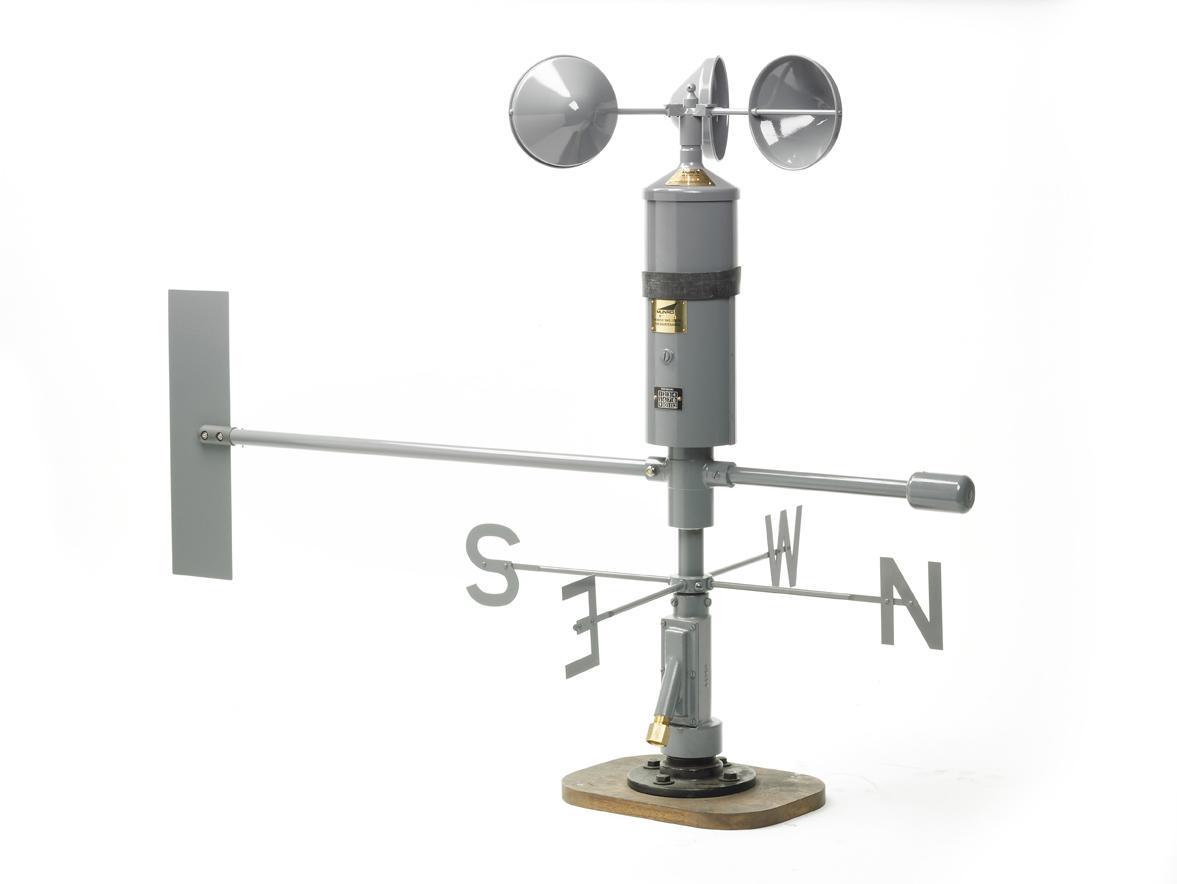Checking Out the Features and Benefits of Anemometers for Weather Condition Lovers and Experts
Anemometers stand as critical devices in the realm of weather tracking, satisfying both fanatics and skilled specialists alike. These devices use a window right into the dynamic world of wind patterns and rates, providing vital data for meteorological analysis and forecasting. From mug anemometers to sonic anemometers, each kind brings its one-of-a-kind collection of advantages and applications, losing light on numerous aspects of weather. As we look into the functions and advantages of anemometers, a much deeper understanding emerges not only of dominating weather condition phenomena but likewise of the wider implications for markets like wind energy production and environmental study.
Value of Anemometers in Weather Monitoring
Anemometers play an essential role in weather condition surveillance by offering accurate measurements of wind speed, helping in projecting and understanding weather patterns. These tools, ranging from traditional cup anemometers to modern-day ultrasonic anemometers, are important for meteorologists, researchers, and climate enthusiasts alike.

Sorts Of Anemometers and Their Applications
With the essential function anemometers play in climate tracking and projecting, understanding the various kinds of these instruments and their applications ends up being essential for professionals and enthusiasts in the area. One of the most usual kinds of anemometers include mug anemometers, vane anemometers, hot-wire anemometers, and ultrasonic anemometers. Cup anemometers consist of 3 or four cups installed on horizontal arms that revolve with the wind, gauging its rate. Vane anemometers, on the other hand, utilize an easily rotating vane to straighten with the wind direction, giving both wind speed and instructions dimensions. Hot-wire anemometers operate based upon the concept of convective warm transfer, where the cooling effect of the air flow is gauged to determine wind rate. Ultrasonic anemometers use ultrasonic acoustic wave to calculate wind speed and direction accurately.
Mug anemometers are durable and suitable for basic weather condition surveillance, while vane anemometers are favored for directional dimensions. Ultrasonic anemometers are non-intrusive and offer high precision, often used in research study and specialized weather surveillance applications.
Advantages of Using Anemometers in Forecasting
In weather forecasting, the application of anemometers provides indispensable advantages for improving the accuracy of weather condition projecting. Anemometers determine wind speed and instructions, giving critical information for forecasting weather condition patterns. By incorporating wind data right into projecting designs, meteorologists can better comprehend the movement of weather condition systems, expect modifications in weather, and issue more exact forecasts.
Moreover, anemometers play a crucial function in examining possible weather risks. Keeping track of wind rates helps forecasters forecast extreme weather events such as typhoons, twisters, and winter season storms with greater precision. This very early caution system enables authorities to provide timely signals and apply needed precaution, minimizing the dangers to life and property.
Furthermore, anemometers aid in maximizing sustainable energy production. By analyzing wind patterns, i was reading this meteorologists can recognize ideal locations for wind farms and anticipate power output, adding to the efficient generation of wind power.

Anemometers in Wind Power Manufacturing
Given the crucial duty anemometers play in providing accurate wind information for weather projecting and risk evaluation, their importance expands to the world of wind power manufacturing. Anemometers are vital instruments in the field of wind energy, where the dimension of wind speed and instructions is crucial for establishing the expediency and performance of wind turbine setups. By precisely determining wind rates at differing elevations, anemometers assist maximize the positioning and layout of wind generators to maximize power output.
In wind ranches, anemometers are purposefully put to accumulate real-time wind data that is made use of to examine the potential energy manufacturing of a website. This data is critical in establishing the economic viability of wind power jobs and in forecasting power generation to make sure grid security. Additionally, anemometers aid in checking wind problems to maximize turbine performance, stop damages from high winds, and ensure the safety of workers working in the vicinity of wind turbines.
Enhancing Climate Comprehending With Anemometers

Anemometers play a crucial function in improving our understanding of microclimates. These localized climate conditions can vary substantially from wider local forecasts, making it vital to have accurate data for certain locations. anemometer. By tactically positioning anemometers in different locations, researchers can gather in-depth details on just how wind acts in various surfaces, city atmospheres, or bodies of water
In addition, anemometers add to boosting climate forecasting models by giving real-time information on wind habits. This info is specifically useful for anticipating severe weather events, maximizing agricultural techniques, and supporting sectors like aeronautics and maritime navigation. Overall, anemometers are vital tools that enable us to dig deeper right into the intricacies of weather systems, ultimately leading to more better-informed decisions and precise forecasts.
Final Thought
Finally, anemometers play an essential function in climate Discover More tracking and projecting by determining wind speed and direction. They are necessary tools utilized by weather condition lovers and professionals to gather precise data for forecasting climate patterns and analyzing possible effects. Anemometers likewise have applications in wind energy manufacturing, further highlighting their relevance in both meteorology and renewable resource fields. In general, anemometers add to boosting our understanding of climate phenomena and improving projecting capacities. anemometer.
From cup anemometers to sonic anemometers, each kind brings its unique click this link collection of benefits and applications, shedding light on different aspects of climatic conditions. These tools, ranging from standard cup anemometers to contemporary ultrasonic anemometers, are crucial for meteorologists, researchers, and weather condition enthusiasts alike. The most typical types of anemometers consist of mug anemometers, vane anemometers, hot-wire anemometers, and ultrasonic anemometers. Cup anemometers are ideal and robust for general climate tracking, while vane anemometers are favored for directional measurements. Anemometers are important instruments in the field of wind power, where the dimension of wind speed and direction is crucial for establishing the feasibility and effectiveness of wind turbine installations.